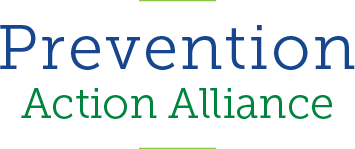
COLUMBUS, OHIO – The Rocky Mountain High-Intensity Drug Trafficking Area (HIDTA) released a report that showed that Colorado has seen an increase in emergency room admissions and marijuana-related traffic fatalities since marijuana has been legalized in the Rocky Mountain State. The report also shows teen marijuana use and college marijuana use are significantly higher than national averages.
“There can be no dispute that examining the data and facts as opposed to listening to the rhetoric and spin, that legalizing marijuana is not in the best interest of society,” Tom Gorman, Director of the Rocky Mountain HIDTA stated. “Hopefully, other states will take a ‘wait and see’ approach on this important issue. I believe this is just the beginning of a public health and safety disaster.”
“With the commercialization and increased use of marijuana in Colorado, we see that costs to society are also rising,” said Marcie Seidel, Executive Director of Drug Free Action Alliance. “We are grateful that the Rocky Mountain HIDTA report gives us a vital resource on the dangerous societal costs of marijuana legalization.”
According to the HIDTA report, traffic fatalities involving operators who have tested positive for marijuana have doubled from 2007 to 2012. In addition to traffic fatalities, toxicology reports with positive marijuana results for driving increased 16% in Colorado from 2011 to 2013 alone.
Emergency rooms in Colorado also saw a rise of marijuana-related incidences. Between 2011 and 2013, there was a 57% increase in marijuana-related emergency room visits. According to the report, Denver Health Medical Center has stated that their facility sees about five to ten people per week, mostly complaining of issues after they eat marijuana-infused edibles.
The report also states that teen marijuana use is 39% higher than the national average and college-age young adults are about the same. Colorado had a 42% higher rate of 18-25-year-olds being current marijuana users than the national average.
